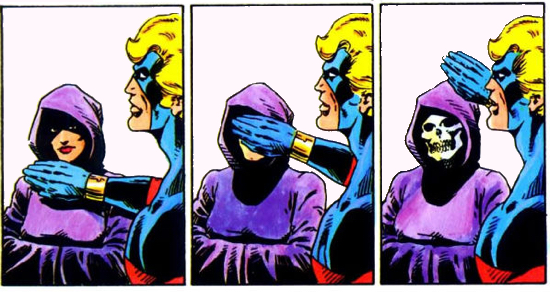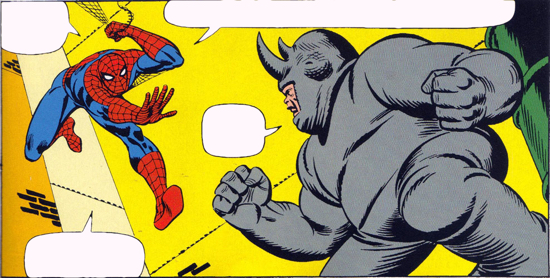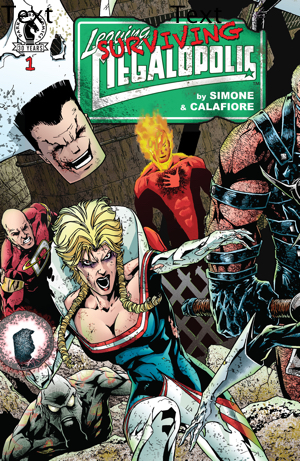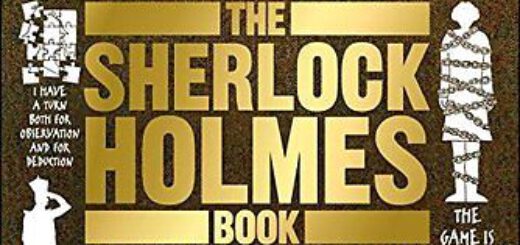John Ostrander Gets The Lead Out
Let’s get it right, hmm?
I was watching The Nightly Show with Larry Wilmore as I usually do. I’ll watch Colbert depending on who he has on but, in general, I’ve been watching The Nightly Show. I know, I could tape one and watch the other later but the reality is I just don‘t get around to watching the taped show.
I like Wilmore and did when he was “Senior Black Correspondent” on The Daily Show. He’s been sharp and timely… most of the time.
On Tuesday night, Wilmore did a segment on the water situation in Flint, Michigan. Flint has been a hard-luck case for quite a while, often trading with Detroit the title of the murder capital of America and usually high on the list of the most dangerous cities in the U.S. They’ve also been broke for a lot of the time, teetering on bankruptcy such as Detroit went through. Michigan’s governor, Rick Snyder, appointed an Emergency Financial Manager.
EFMs, as they are known, have broad powers that supersede those of the elected officials. They can void contracts, sell off assets, and ignore the mayor and the city council. Citizens who have elected their politicians bare stuck as long as the EFM is in charge. The elected officials can’t do anything. Michigan voters thought this undemocratic and, through referendum, repealed the law authorizing it in 2012. Less than two months later, the Republican dominated legislature re-enacted it with a referendum busting addition and the Republican governor, Mr. Snyder, signed it. All of which was a great big “fuck you” to the Michigan voters.
Please note: I live less than a half-hour away from Flint, and a couple years ago I lived even closer.
Flint had been drinking clean water supplied by Detroit but that got cut off. It cost too much and EFMs like to find ways to economize. The new plan was to take water from Lake Huron but that would take three years to implement so, short term, it was decided to get water from the Flint River. Flint spent a couple of million updating the local water processing plant but the Flint River was far more corrosive than the water from Detroit. A simple additive costing $1990 a day would have corrected that but that, evidently, was a cost that the Power(s)-That- Were didn’t want to pay or felt was unnecessary.
Flint has a lot more lead pipes in homes and lead solder in the city’s water mains. The Flint River leeched a lot of lead from the pipes and passed it on to the citizens of Flint. That can have, and already has caused, permanent and enormous damage to the brain, especially in children. It will create massive learning disabilities and behavioral problems that will last a lifetime and cannot be cured. And they’ve been drinking this toxic water for two years without any choice or alternative, despite warnings that were posted about a year ago.
Wilmore covered the crisis in a Tuesday night segment and he did a bullshit job of it. He made it look like it was the fault of the citizens of Flint (the segment was called “The Larry People vs Flint”; clever but misleading). No mention was made of the role of the EFM or Governor Rick Snyder’s played in all this. Wilmore seemed appalled by a quote from the mayor of Flint citing ‘the democracy as we have it”. Larry, that means that the EFM was making the decisions, not him. Oh, and by the way, that was the former mayor, not the current one, that you quoted.
How bad is the situation? The National Guard is now handing out bottled water and faucet filters; the state has declared the situation an emergency and the President has declared Flint a disaster area. This means your tax dollars will go into fixing it. Snyder says he wasn’t really aware of the situation until October 1, but there is some question about that. There were warnings that were downplayed or ignored. The people of Flint were told the water was okay by both the governor and the then mayor of Flint when it was not. Snyder’s administration has been slow in taking steps to correct the situation.
Look, I get it – The Nightly Show is a comedy-news show. You’re a comedian, Larry, and not a reporter, but you’re also a social commentator. The situation is no joke. You did a lame fake interview with contributor Mike Yard pretending to be a Flint citizen when you could have been getting more of the facts out. The roles of the governor and the EFM weren’t mentioned, and that’s the real story here.
The Daily Show’s Trevor Noah also covered the story two days later and he did a slightly better job but he also missed Rick Snyder’s role Does it matter? There’s a lot of people who have cited The Daily Show and The Nightly Show as their principle source of news so, yes, you need to get the story right and not chop it to fit whatever joke you want to make.
Jon Stewart, as he left The Daily Show, admonished us all that “If you smell something, say something.” Well, I’m smelling something.
You didn’t keep it 100 percent, Larry. The segment was weak tea.
For a good and informative article on the Flint water crisis and the EFM, you might read Michigan’s Emergency Manager Law: What it is and Why You Should Care by Chad Phillips. And the Detroit Free Press is doing extensive coverage on this crisis. You can find them at http://www.freep.com/. Rachel Maddow has also been regularly covering the situation on her show. She can be found at http://www.msnbc.com/rachel-maddow-show.































